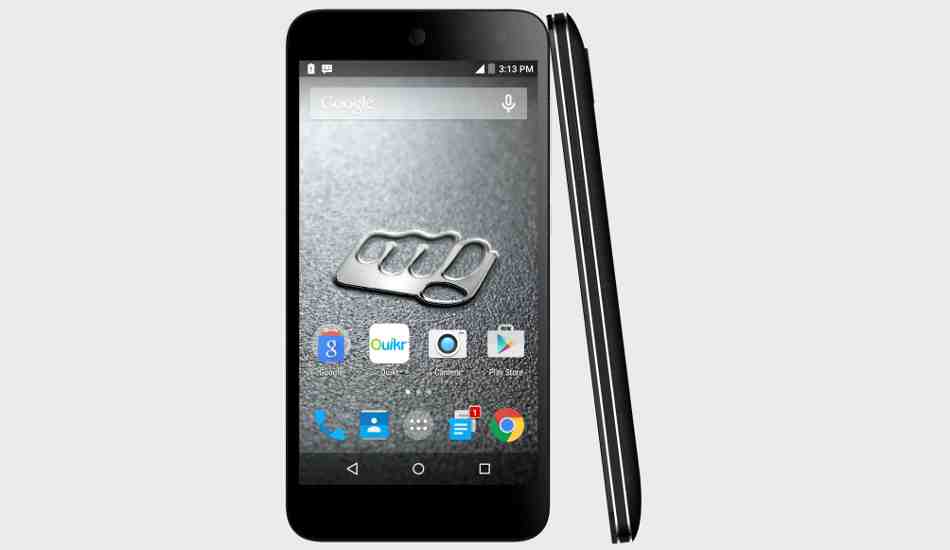Why it's important to remember the 1965 war between India and Pakistan
This year marks the 50th anniversary of the 1965 war between India and Pakistan.
Several factors, not the least the belief among some of Ayub Khan’s hawkish advisers that the general population in Kashmir valley was ready to rise in revolt against India, led Ayub to go along with, what later turned out to be a militarily unsound operational plan. Pakistan’s Military Intelligence and the Foreign Ministry (headed by Zulfikar Ali Bhutto) were of the view that from late 1964 onwards, there was a surge in anti-India feelings in the Kashmir valley and the people would be more than willing to welcome Pakistani intervention.
Newspaper reports of the time suggest that the shelling and firing across the CFL (Ceasefire Line, as the Line of Control or LoC was then known), intrusions and other provocative activities increased manifold between January and July 1965. The Army recorded some 1800 such activities in that period as compared to just about 522 in the same period in 1964. In June and July 1965, there were at least half a dozen firing incidents daily across the CFL. The ceasefire violations preceded what was to be one of the largest infiltrations planned and executed by Pakistan — much larger in scope than that in Kargil in 1999.
There is consensus among various personal accounts of the 1965 war and newspaper reports of that period that the scheme of infiltration was planned in Pak-Occupied Kashmir (PoK) under the overall command of Major General Akhtar Hussain Malik, the then GoC of Pakistan’s 12 Division. All the four sector commanders under Major General Malik were made responsible for organising, training and launching of infiltrators groups from their areas of responsibility. These groups, numbering some 30,000 men, were named the Gibraltar Force. The aim of Operation Gibraltar was clearly laid down - to ‘create large-scale disturbances in Indian-held Kashmir which would force India to take major political and military steps to meet the situation..’
However, the Pakistan army’s Commander-in-Chief Mohammad Musa was not entirely convinced about Operation Gibraltar. In a telling comment, General Musa wrote: “The policy-makers thwarted the professional assessment and advice on matters having grave military implications because of their miscalculation of the politico-strategic situation and the over-ambitiousness of a few individuals involved in decision-making who were prompted by their desire to achieve some quick and spectacular results in Kashmir by clandestine operations.” Musa was mainly talking about Zulfikar Ali Bhutto who had prevailed upon President Mohammad Ayub, that the time was ripe to wrest Kashmir from India once and for all. Fifty years on, it is difficult to believe that the Pakistani Army — currently considered as the ‘deep state’ and perhaps the final arbiter of the nation’s destiny — could have been overruled by a politician like Bhutto.
There were other factors too that contributed to Pakistan’s swagger that time. One, Pakistan was confident that China, its new found ally and friend would make a threatening move against India, if only to keep some of its newly raised formations in the East from being moved into Kashmir. Two, Pakistan’s army was convinced that the modern arms and platforms supplied by the United States were far superior to the Indian army’s World War II vintage armoury, giving it a distinct advantage in any possible conflict.
In 1954, America agreed to arm up to five divisions of the Pakistani Army with the latest weapons and supply modern fighter jets. A Pakistani author has cited how the Pakistan Air Force (PAF) received a massive boost from America. According to one estimate, between 1956 and 1964 Pakistan was supplied with 100 F-86 Sabre jets, one squadron of F-104 Star Fighters, 30 B-57 bombers and four C-130 transport aircrafts, allowing it to narrow the gap with India. In 1965, the Pakistani Army’s armour strength was superior to that of the Indian Army.
The London-based IISS handbook on Military Balance (1965) revealed that Pakistan had 765 tanks in all, against India’s 720 in 1965. Pakistan had nine regiments of the latest Patton tanks supplied by the US, nine regiments of Shermans and three Regiments of Chaffees. India, on the other hand was saddled with right regiments of Shermans, four regiments of Centurians and two regiments of AMX-XIIIs. Pakistan’s artillery too was far superior in quality compared to India’s. While it had one heavy regiment of 155 mm guns and eight-inch Howitzers, India was mostly doing with 120 mm mortars and one heavy regiment of 7.2 inch guns.
Meanwhile, even as China-Pakistan ties were growing stronger, the American military aid continued unabated. Alarmed at the developments, India under Prime Minister Lal Bahadur Shastri and his defence minister YB Chavan (appointed by Jawaharlal Nehru in November 1962) took counter-measures to re-arm, expand and modernise the Indian military. Arms assistance from the Soviet Union was gratefully accepted. Yet, India was in no position to wage another war in 1965, having suffered a morale-shattering defeat in 1962. The three services were in the middle of a modernisation and expansion phase and therefore not fully trained or battle ready.
This was indeed one of the reasons why Ayub Khan and his ambitious Foreign Minister Bhutto were keen to press home the advantage that Pakistan seemed to enjoy in that particular period by launching an action that would free Kashmir from India’s ‘clutches.’
Moreover, the Pakistani leadership was not overly impressed by Nehru’s successor, Shastri and assessed that he was a pushover.
Economically too, Pakistan in that period was doing better than India. Politically, Sheikh Abdullah’s falling out with India was seen as an opportune moment by Pakistan, who felt that the Kashmiri population would support an instigated rebellion against India.
That Bhutto and Ayub were proved wrong, both in their assessment about the ‘loyalties’ of the Kashmiris and underestimating the strength and resilience of the Indian military, is a matter of history. After initial setbacks, the Indian Army not only thwarted the Pakistani offensive but also in September 1965, marched right into the heart of Pakistan: Lahore.
Only an UN intervention saved Pakistan the blushes. As India gears up to celebrate the 50th anniversary of the 1965 victory a couple of months from now, it is important to remember Pakistan’s perfidy half a century ago.
The author is currently writing a book on the 1965 war between India and Pakistan.













